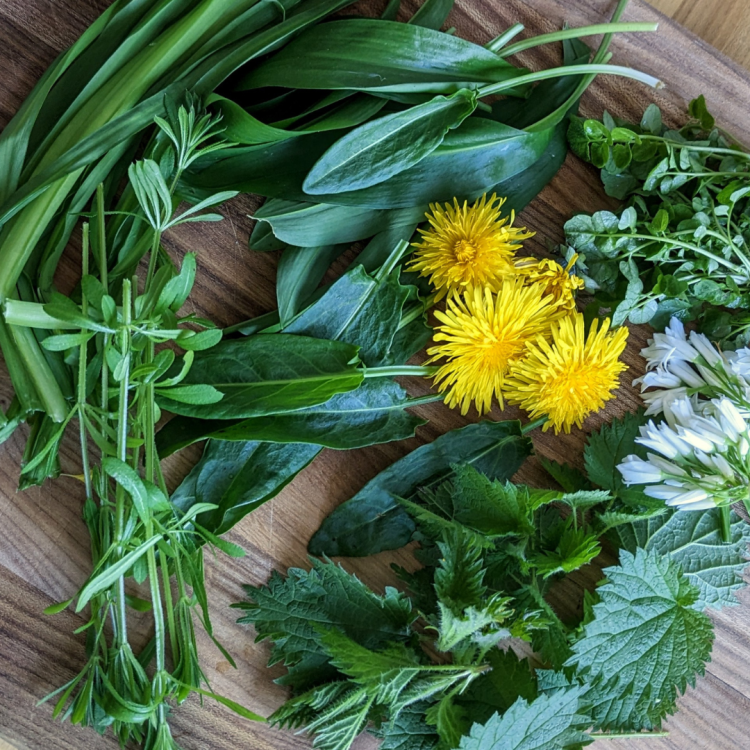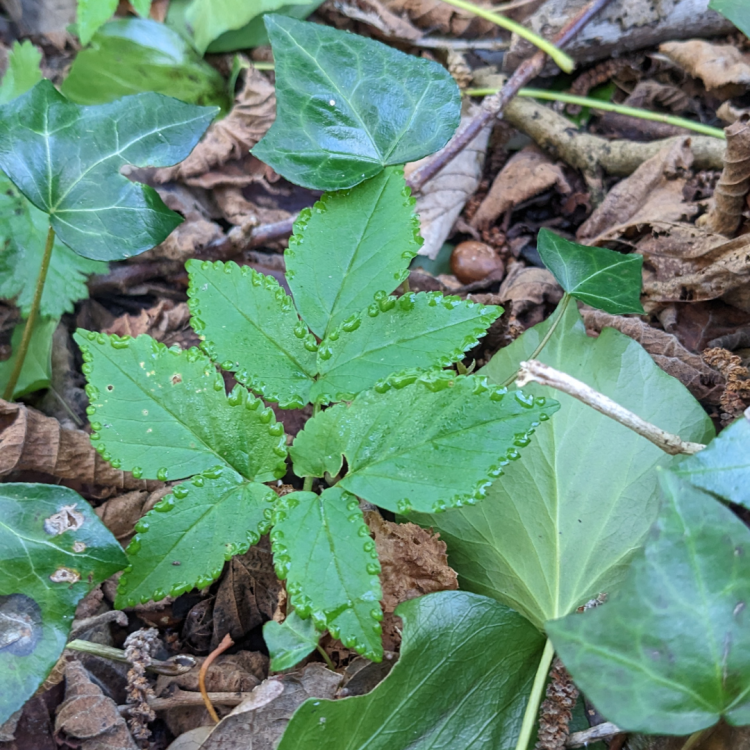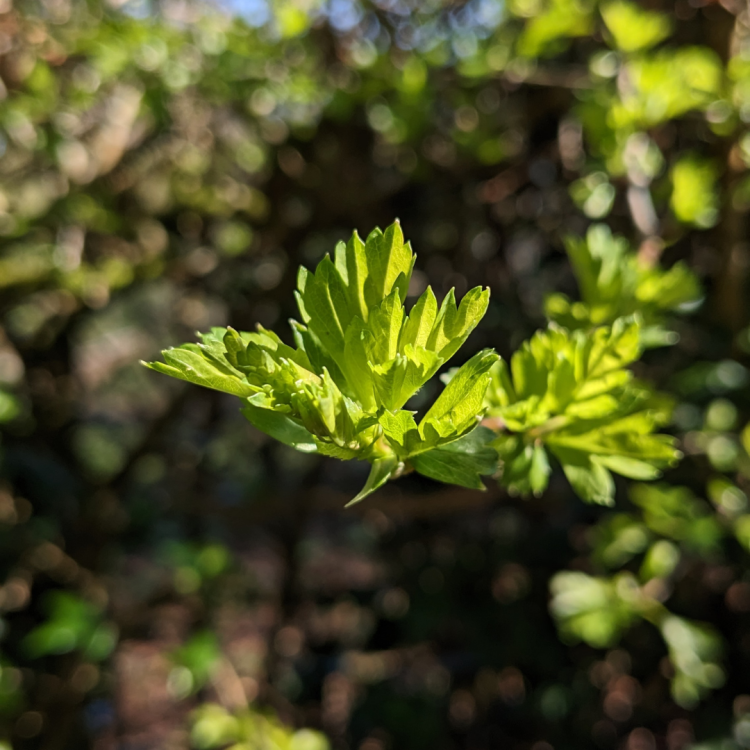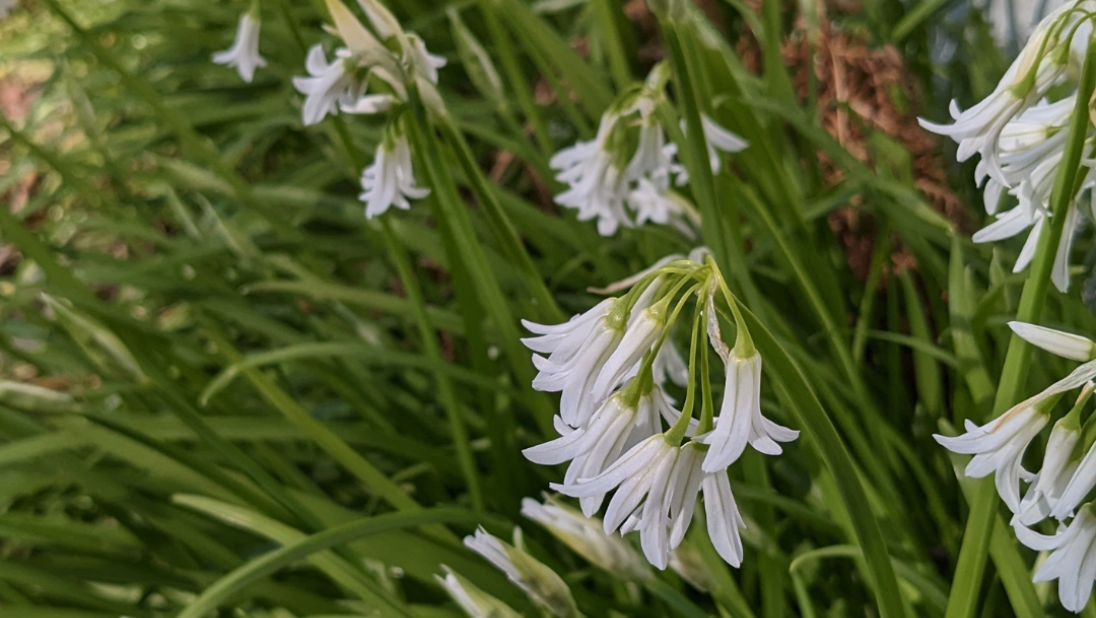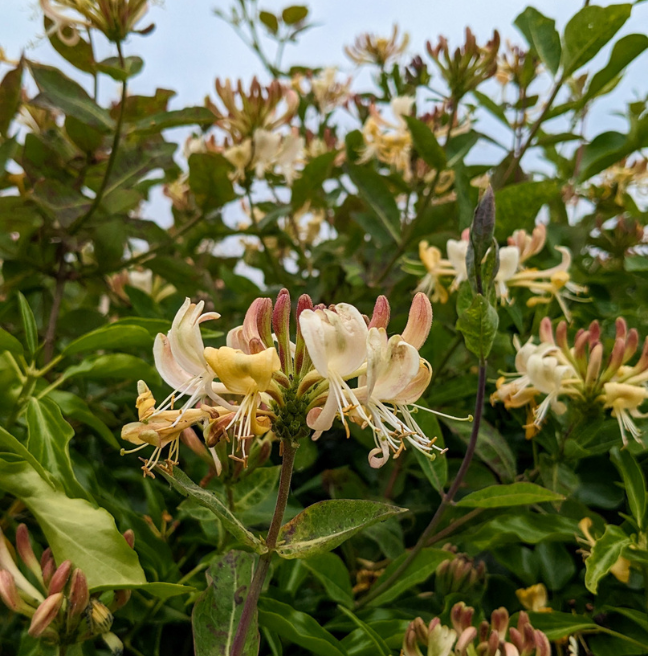
Spring is a time of new growth and new life, as the world blooms into green around us. The cold days of winter have faded, while warmer weather and spring rains expertly prepare the land for planting in our gardens. Meanwhile, in the untamed parts of the land – the forests, the unruly bushes, the overlooked patch of mushrooms in the park – new, edible plants have sprung, ready for the picking. Join Clare as she tells us which ones are worth feasting on!
How did I get into foraging?
My journey began with a chance walk with another foraging guide around seven years ago. For me it was a lightbulb moment as I had no idea how interesting and abundant the land was. I have been obsessed with tasting new things ever since. In addition, I believe that foraging and engaging with the land through food both connects us to our history and inspires future conservation. Spreading this spark in others is a total joy and you will often find me in random parts of the country speaking with my full voice to all kinds of groups about how special, and often delicious, the plants are.
Spring
Many foragers will say autumn is the best time to forage as it is a time of abundance but spring will always be my favourite. For a forager, the quiet dark of the winter can feel long waiting for things to wake up. Spotting the spring greens emerging and leaves sprouting is exciting and restoring. Things are just emerging and some will only be there for those brief cool months. There is a small window of gathering the tender leaves from certain trees or petals from early spring flowers that will not be back again for a full year so there is a sense of urgency to see and use them before they’re gone. It’s also a fantastic time to gather seaweeds and some seasonal fungi.
It’s really important to be aware of what you’re picking when gathering spring greens as there are so many things that you definitely don’t want to eat. Toxic plants such as arum, hemlock, bluebells, foxgloves and crocus are all coming up in the same patches we might be picking wild garlic so always exercise caution and make sure you are absolutely certain before adding wild plants to your dinner.
These are just a few of my favourite things to gather in Spring.
- Wild garlic - It’s an obvious one but for a reason. Always versatile, delicious and abundant. Try wild garlic as a cooked green like spinach or pickle the stems to preserve that spring flavour.
- Pepper Dulse - A small but extremely special algae that tastes intensely of truffle. Dry and powder to add to stocks or butter for a kick of the seaside.
- Field Mustard shoots - The bright yellow flowers of these escapees are a common sight from may onwards but I like to collect them before this point when they are like a crunchy and mustardy broccoli. A massively underrated green in my opinion.
- Scarlet Elf Cups - A truly unique red fungus which only makes an appearance in the early spring. Stir fry and add to omelettes or dry and use as a vegan pepperoni for pizza.
- Tree leaves of Lime (Linden), Beech and Norway Maple - Pick these young and translucent and add them to salads or use them to wrap around rice like sushi or as a filling for Vietnamese summer rolls as in the recipe below.
- Spring flowers such as berberis, gorse, violets and dandelions. There are so many tasty and edible spring flowers and they can brighten and flavour savoury and sweet dishes.
EDIBLE PLANTS
Foraging to Fork
This recipe includes foods that you can forage in the springtime for a delightful meal.

